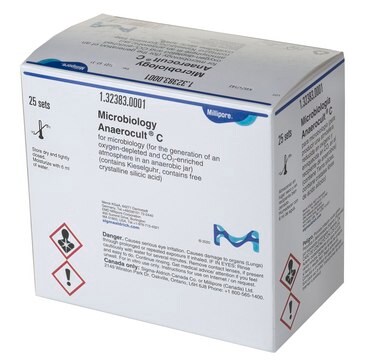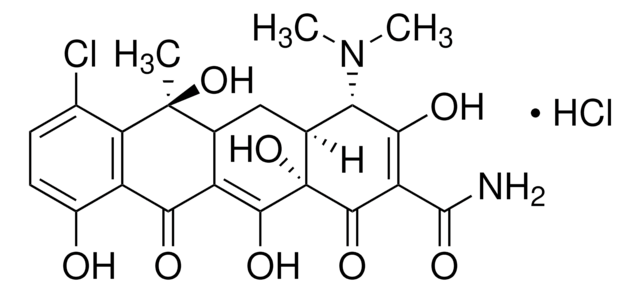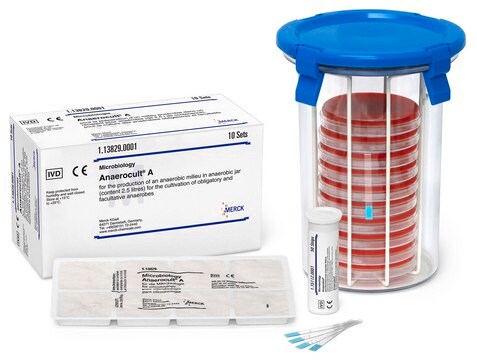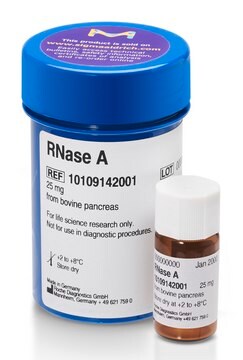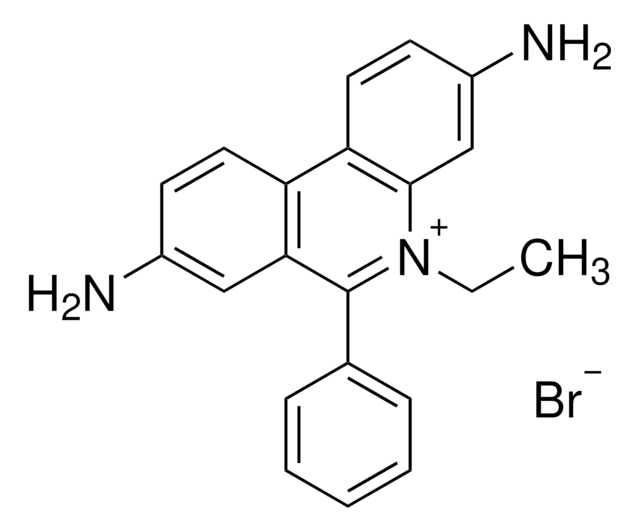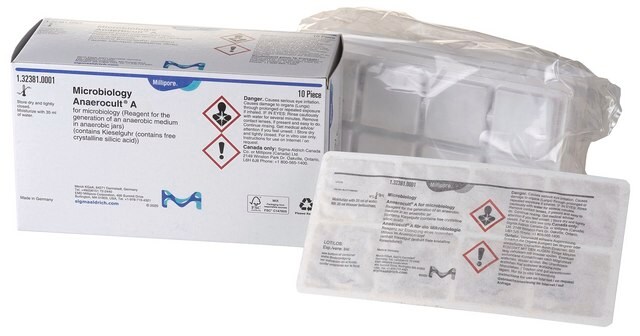E2028
Ethidium bromide monoazide
≥95% purity (HPLC), solid
Sinónimos:
3-Amino-8-azido-5-ethyl-6-phenylphenanthridinium bromide, Ethidium monoazide bromide
About This Item
Productos recomendados
product name
Ethidium bromide monoazide, ≥95% (HPLC), solid
Nivel de calidad
Análisis
≥95% (HPLC)
formulario
solid
técnicas
titration: suitable
color
orange
solubilidad
DMF: soluble
ethanol: soluble
ε (coeficiente de extinción)
≥5200 at 459-465 nm
aplicaciones
diagnostic assay manufacturing
hematology
histology
temp. de almacenamiento
−20°C
cadena SMILES
[Br-].CC[n+]1c(-c2ccccc2)c3cc(ccc3c4ccc(N)cc14)N=[N+]=[N-]
InChI
1S/C21H17N5.BrH/c1-2-26-20-12-15(22)8-10-18(20)17-11-9-16(24-25-23)13-19(17)21(26)14-6-4-3-5-7-14;/h3-13,22H,2H2,1H3;1H
Clave InChI
GHUXAYLZEGLXDA-UHFFFAOYSA-N
Categorías relacionadas
Acciones bioquímicas o fisiológicas
Código de clase de almacenamiento
11 - Combustible Solids
Clase de riesgo para el agua (WGK)
WGK 3
Punto de inflamabilidad (°F)
Not applicable
Punto de inflamabilidad (°C)
Not applicable
Equipo de protección personal
Eyeshields, Gloves, type N95 (US)
Elija entre una de las versiones más recientes:
¿Ya tiene este producto?
Encuentre la documentación para los productos que ha comprado recientemente en la Biblioteca de documentos.
Los clientes también vieron
Nuestro equipo de científicos tiene experiencia en todas las áreas de investigación: Ciencias de la vida, Ciencia de los materiales, Síntesis química, Cromatografía, Analítica y muchas otras.
Póngase en contacto con el Servicio técnico
